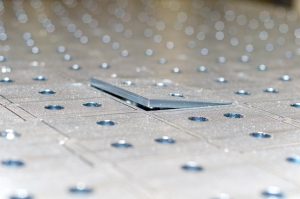Laser skin treatments have emerged as a revolutionary approach in dermatology, offering effective solutions for scar management and skin rejuvenation. These non-invasive procedures use focused light beams to stimulate collagen production, improving skin texture and reducing scars, fine lines, and wrinkles. Different laser technologies target specific scar types and concerns, such as fractional lasers for revision or Nd:YAG and Pulse Dye Lasers for pigmented and red/purple scars. With minimal downtime and quick recovery, these treatments are popular for acne scars, surgical marks, and hyperpigmentation. However, potential risks like temporary redness or pigment changes require consultation with a qualified dermatologist to match the right treatment with individual skin needs. Case studies and testimonials highlight successful transformations, reassuring individuals that laser skin treatments can dramatically improve skin health and confidence.
“Dive into the world of Laser Skin Treatments, a revolutionary approach to addressing scars. This comprehensive guide explores various types of laser therapies, providing an in-depth understanding of how these advanced procedures work. From the science behind it to real-life success stories, we uncover the benefits and potential risks.
Learn who makes an ideal candidate, the recovery process, and more. Whether you’re a patient seeking solutions or a professional interested in this field, this article offers valuable insights into the latest advancements in Laser Skin Treatments.”
Understanding Laser Scar Treatments: An Overview

Laser scar treatments have emerged as a game-changer in dermatology, offering advanced solutions for skin rejuvenation and scar management. These non-invasive procedures utilize focused beams of light to stimulate collagen production and improve skin texture, reducing the appearance of scars, fine lines, and wrinkles. Laser skin treatments are versatile, catering to various skin types and conditions, making them a popular choice among those seeking youthful, radiant skin.
The process involves precise targeting of specific skin layers with different laser wavelengths, depending on the treatment goal. For scar revision, fractional lasers create microscopic channels in the skin, encouraging the body’s natural healing process and collagen synthesis, resulting in smoothed and evened-out skin. Combined with other techniques like microdermabrasion or chemical peels, laser treatments can provide optimal outcomes for a range of skin concerns, ensuring a more even and healthy complexion.
Types of Laser Skin Treatments for Scars
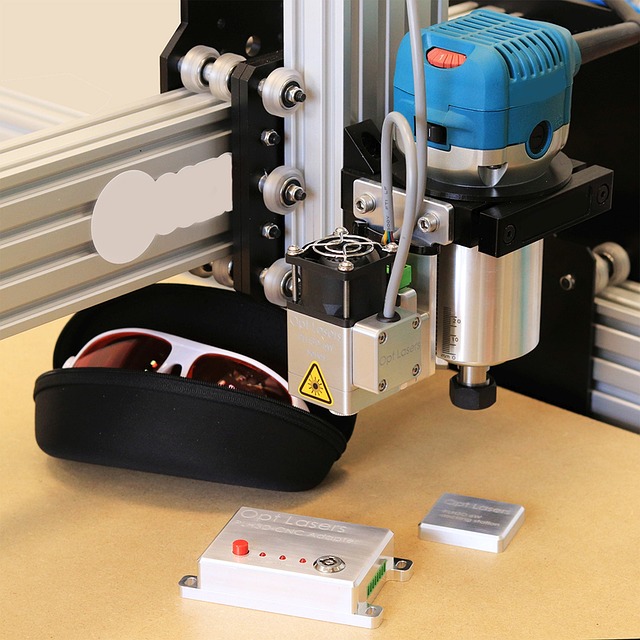
Laser skin treatments have emerged as a popular and effective method for improving the appearance of scars. There are several types available, each utilizing different laser technologies to target specific scar types and skin concerns. One common approach is Fractional Laser Resurfacing, which creates tiny, controlled injuries in the skin to stimulate collagen production, leading to smoother, more even-toned scar tissue over time.
Another popular method is the use of Nd:YAG lasers, particularly for pigmented scars or those with a discolored appearance. These lasers can break up and absorb excess melanin, helping to reduce the visibility of the scar. Additionally, Pulse Dye Lasers target red and purple scars by breaking down the abnormal blood vessels, offering significant improvements in their overall appearance. Each laser treatment has its unique advantages and is tailored to address different scar characteristics, ensuring optimal results for individuals seeking Laser Skin Treatments.
How Do Lasers Work on Scar Tissue?
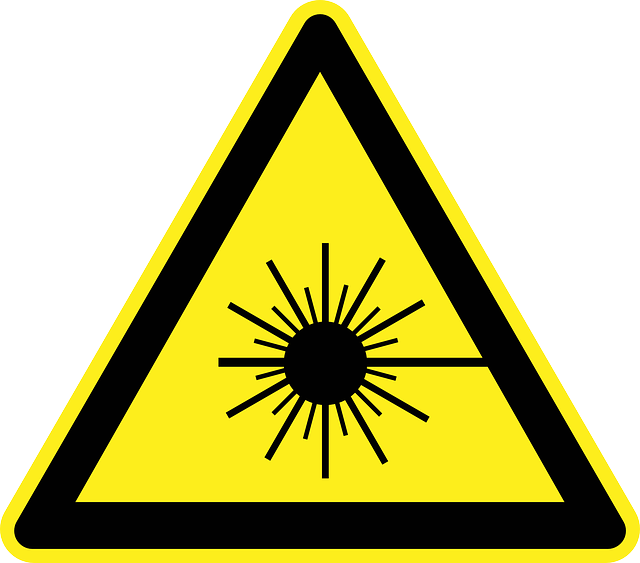
Lasers have become a popular choice in dermatological treatments, particularly for scar revision. The precise mechanism behind laser skin treatments involves targeted interaction with the skin’s structure at a cellular level. When a laser beam is directed onto scar tissue, it penetrates the upper layers of the skin and reaches the dermis, where collagen and elastin fibres reside. These fibres play a crucial role in skin elasticity and firmness. The high-energy light from the laser stimulates fibroblasts, the cells responsible for producing these essential proteins.
This stimulation triggers a repair response, encouraging the production of new, healthy collagen and elastin. Over time, this process helps to remodel and rearrange scar tissue, reducing its visibility and improving skin texture. Different laser wavelengths are used for various types of scars, ensuring targeted treatment while minimizing damage to surrounding healthy skin.
Benefits and Potential Risks of Laser Scar Therapy
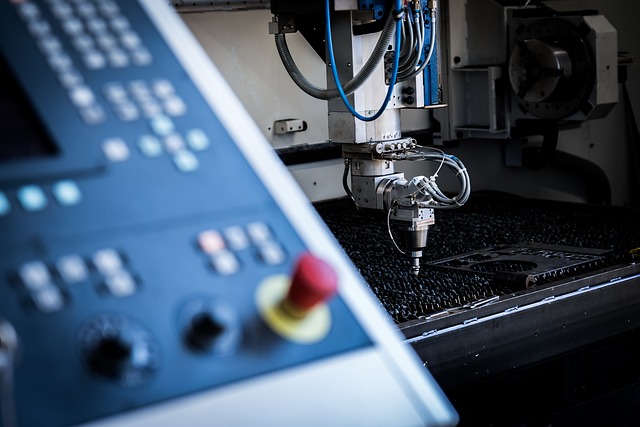
Laser scar therapy offers a promising approach to improving the appearance of scars, providing several significant benefits for those seeking more even and healthy-looking skin. This non-invasive procedure utilizes concentrated beams of light to stimulate collagen production, which is essential for skin renewal and tightening. As a result, laser treatments can reduce the depth and visibility of scars, including acne scars, surgical scars, and hyperpigmented marks. Many patients appreciate the minimal downtime and relatively quick recovery compared to other scar revision methods.
However, like any medical procedure, laser scar therapy is not without potential risks. Common side effects include temporary redness, swelling, and sensitivity at the treatment site. In rare cases, excessive skin heating might lead to pigment changes or burns, particularly with improper use of certain laser types. It’s crucial to consult with a qualified dermatologist who can assess your specific scars and skin type to determine the most suitable laser treatment and minimize the chances of adverse reactions.
Candidate Selection: Who Is a Good Fit?

When considering laser skin treatments for scar revision, it’s crucial to understand that not everyone is a good candidate for this procedure. Ideal candidates typically have stable skin with minimal inflammation and are realistic about their expectations. It’s important to discuss any medical conditions or current medications that could affect the healing process with your dermatologist.
Those with darker skin tones may be excellent candidates for certain laser treatments, but they should be aware of potential risks like hyperpigmentation. Conversely, individuals with very light skin might be at a higher risk of post-inflammatory hyperpigmentation and need specific precautions taken during treatment. Finding the right practitioner who can tailor the approach to your unique needs is key to achieving the best outcomes with laser scar treatments.
The Recovery Process After Laser Scar Treatment

After undergoing laser scar treatment, it’s natural to experience some changes as your skin recovers. The recovery process typically begins right after the procedure and can last for several days or even up to a week. Initially, redness and swelling are common, similar to other skin treatments. However, unlike traditional methods, laser skin treatments often result in minimal downtime, allowing patients to return to their daily routines relatively quickly.
Over the following days, as your skin adjusts, it may feel warm and slightly sensitive. Some patients experience a tingling sensation or mild discomfort, which is usually manageable with over-the-counter pain relievers. It’s crucial to follow post-treatment instructions provided by your dermatologist, including keeping the treated area clean and applying recommended creams or gels to aid in the healing process. As the days progress, redness should subside, and new skin will start to appear, gradually improving the overall appearance of scars.
Case Studies: Real-Life Results and Testimonials
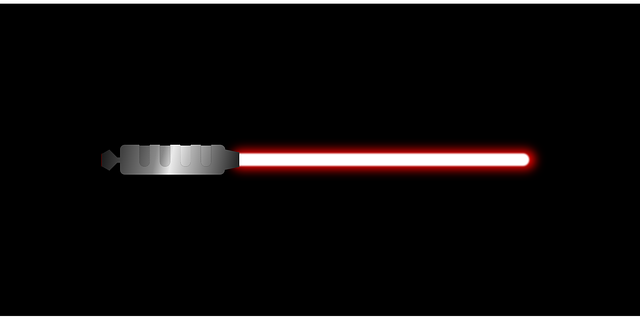
In the realm of laser skin treatments, case studies and real-life testimonials serve as powerful tools to understand the effectiveness and impact of various procedures. These stories offer tangible evidence of improved skin texture, reduced scarring, and enhanced overall appearance after undergoing laser therapy. By examining these cases, individuals considering laser scar treatments can gain valuable insights into what to expect and the potential outcomes.
From clinical trials to personal accounts shared online, the body of evidence highlights successful transformations. For instance, many patients report significant reduction in the depth and visibility of scars, with some even achieving nearly scar-free complexions. Testimonials often emphasize the non-invasive nature of laser treatments, their ability to stimulate collagen production, and the overall improvement in skin health and confidence. These real-world results contribute to a growing body of knowledge, reassuring folks that laser skin treatments can deliver remarkable changes.
